When safeguarding dynamic cloud environments, you should be capable of discovering and evaluating cloud assets. It will enable you to identify problems a the earliest. The problems arise as your environment changes or new vulnerabilities are made public. The information will help you get started. In addition to being flexible and affordable, cloud services and applications enable you to manage remote workers. While doing this, you can respond swiftly to consumer needs.
In actuality, 81% of businesses have at least one cloud-based application or a component of their computing infrastructure. However, with the benefits of agility and efficiency comes the issue of protecting and securing your cloud assets and workloads. If we have learned anything from high-profile breaches is data owner is ultimately accountable for your cloud assets. It is not your cloud service provider.
You might also learn that your outdated vulnerability management (VM) products are ineffective in protecting your modern attack surface due to the growing number of new vulnerabilities across networks, endpoints, and cloud environments.
The number of CVEs reported increased from 2015 to 2020 at an average yearly percentage growth rate of 36.6 percent. To prioritize remediation depending on the risks they bring to your firm. It is essential to have an efficient solution.
So, where do you even begin?
Always initiate by taking a careful look at your people, process, and technology, and do so in that precise order. Why? Even if you have the best technology in place, you won't be able to safeguard what you need in the cloud. If your security team isn't communicating with your cloud team or your business processes aren't working, you will not get the results.
Cybersecurity experts and technology executives should collaborate to achieve security goals in this dynamic environment.
Let's look at five steps you may take to safeguard your cloud-based digital assets.
Recognize the Shared Responsibility Model.
Some business executives believe that because an organization moves its data to the cloud, the cloud provider automatically assumes responsibility for information security.That is untrue.
According to a shared responsibility model, customers are still responsible for maintaining the security of their data when it gets stored in the cloud. It is how cloud providers function in an organization. Businesses that migrate to the cloud must understand what obligations they still have and how they plan to achieve those control goals.
Implement Controls That Achieve Your Security Goals
While achieving the same security goals in the cloud and on-premises systems is the goal, there may be times when we need to turn to different technologies. In an on-premises setting, we employ firewalls to limit network access. We employ security groups on the cloud to accomplish the same thing. In some situations, we might need to modify how we use certain technologies to incorporate them into a cloud environment. To meet our on-premises and cloud security requirements, rely on the same multifactor authentication technology.
Enforce Identity and Access Management Requirements
In a cloud-based telecommuting scenario, IAM platforms assume greater importance. Since we can no longer physically observe people entering our offices, it is better to rely on identification systems. Reliable identification and authorization technologies verify the user's identity and ensure they have proper rights.
Use Host-based Security Measures.
In a flexible cloud context, next-generation endpoint protection becomes even more crucial. Rapid instance creation by developers necessitates cybersecurity protection for those instances. Organizations should use automation to employ the proper host-based security rules for each system. It will guarantee that new instances are safe against emerging risks.
Solution for Cloud Security Posture Management
CSPM platforms give businesses a thorough understanding of their cloud environments and monitor installations for persistent security problems. The Cloud Check service from CDW offers a free CSPM analysis. Our engineers will collaborate with the IT and security departments of the enterprise to deploy a CSPM solution. They will help evaluate its results and give concise, personalized recommendations for tightening cloud security controls. Most of our clients find this guidance valuable that they decide to stick with using CSPM products on their own.
Summary:
Do you want to protect your cloud assets? If yes, then reach out to the best IT solutions and service provider. Kloud9IT is the best place where you can find affordable IT services for all business types. Visit the website and schedule your appointment today.
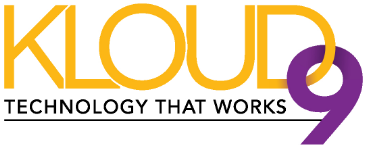
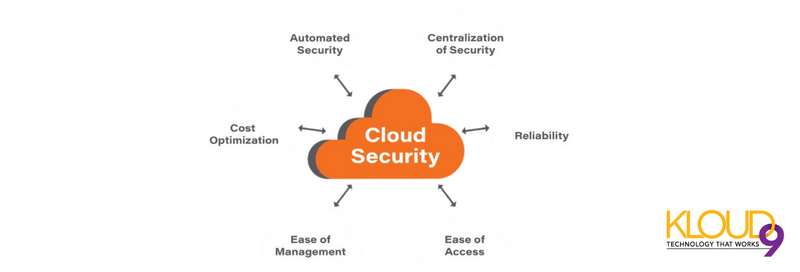
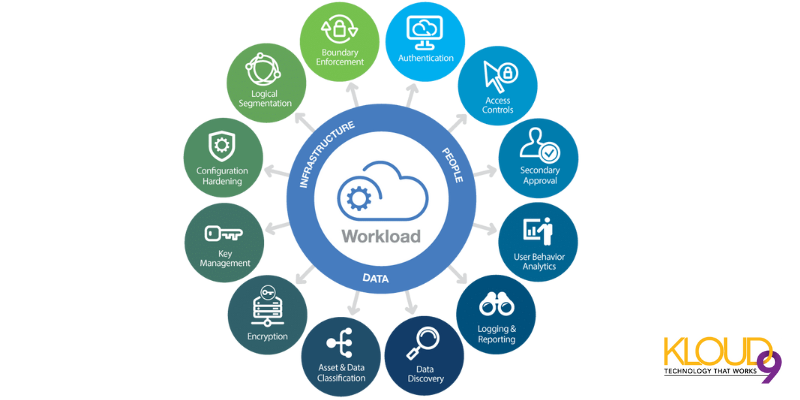
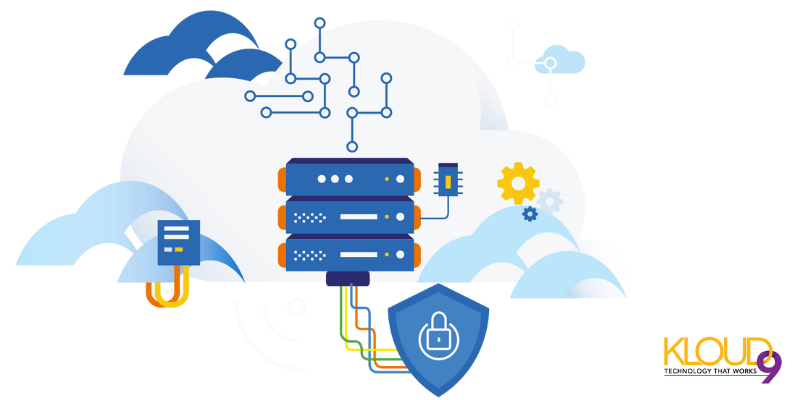
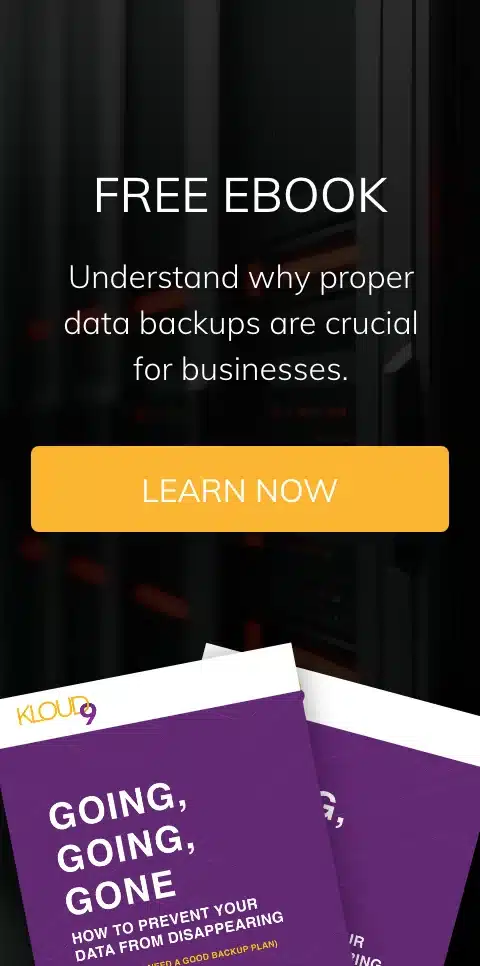
You must be logged in to post a comment.